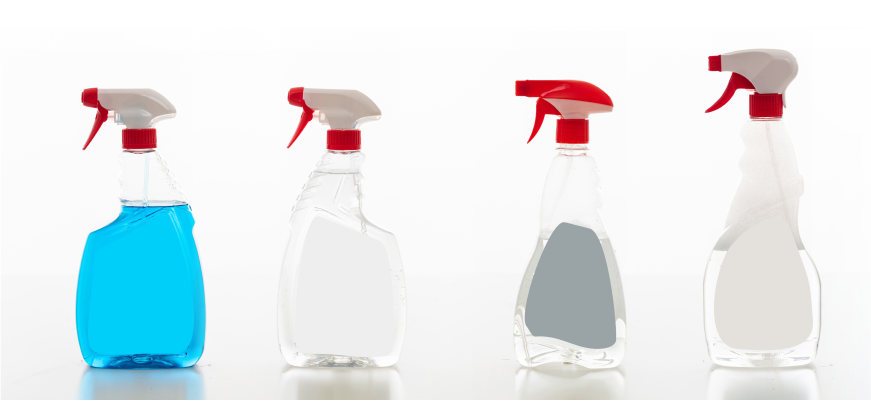
What’s the Difference Between Cleaners, Sanitizers and Disinfectants?
When it comes to cleaning products, it can be difficult to determine the right chemical for the job. Often times, the terms cleaner, sanitizer and disinfectant are used interchangeably, but there are distinct differences between these three types of products.
Cleaners remove dirt.
Cleaners refer to a broad category of products that contain soaps and detergents. Using a cleaner does not kill germs; it physically removes dirt and soil from surfaces. Cleaners come in various strengths and are created for specific applications and surface types.
Sanitizers reduce bacteria.
Sanitizers are regulated by the Environmental Protection Agency (EPA) and must be tested to meet certain criteria. One of these criteria aspects is to determine which specific germs the sanitizer can kill. A single sanitizer cannot be effective in killing all types of bacteria, so it’s extremely important to pay attention to the chemical label for these details. Sanitizers are only certified to kill bacteria, not viruses, which is why they are often used in foodservice environments to keep food contact surfaces clean and safe.
Time to kill is another key aspect sanitizers must show on labels. This should be taken into consideration when choosing between sanitizers for your application, since some may kill germs in 5 minutes while some may kill germs in 1 minute.
Disinfectants kill certain bacteria, viruses, mildews and fungi.
Disinfectants are also regulated by the EPA and the chemical label must show which bacteria and viruses the disinfectants are effective in killing. Similar to sanitizers, the label must show the time it takes to kill germs. Disinfectants can often have a longer kill time than sanitizers since it takes longer to completely destroy organisms. They are typically used to clean big messes, for use in cleaning up bodily fluids or in areas that are high risk for dangerous bacterias, such as toilets.
One-step disinfectants, such as Nyco Sani-Spritz, clean, disinfect and deodorize in one labor-saving step.
In summary, cleaners remove visible dirt. While sanitizers and disinfectants are a step up in removing harmful bacteria that may not be visible. Sanitizers are used often in food service or schools. Sanitizing areas that come into contact with food or areas that are high touch points for children. Disinfectants are a stronger solution that destroys germs rather than reducing them. They are important for use in hospitals and other areas where it's important that germs need to be completely removed.
Some products are a combination of sanitizer and disinfectant. Since a product can’t be labeled as a sanitizer or disinfectant until it is EPA certified, companies typically register combination formulas as both categories.
If you’re unsure of which product to use, contact our cleaning experts for assistance. We can help you choose the right chemical and products for the job.



 Protect & Save with SuperFreak.
Protect & Save with SuperFreak.